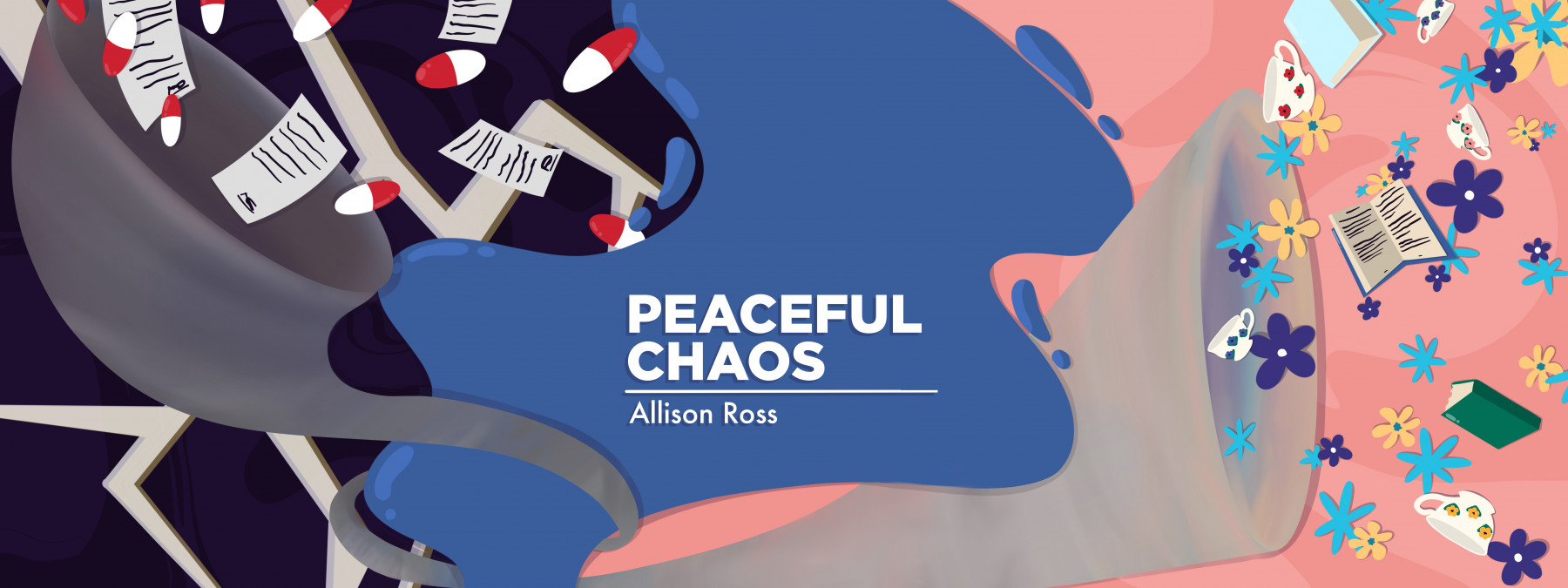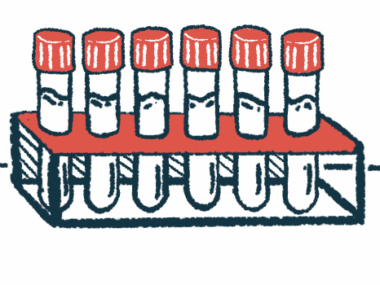Understanding Body Image and Acceptance With Vasculitis
A little perspective is needed when you've been through physical trauma
Written by |

Body image involves more than vanity. Though we often think of cosmetics and fitness as superficial, the reality is that they help us feel good about ourselves. We want to appeal to a mate, impress friends, and come off as professional to work colleagues.
But everything about the physical body has an entirely new meaning for those of us with chronic illnesses like vasculitis. Often, certain aspects of how we look are out of our control — and the results can be frustrating, embarrassing, heartbreaking, or depressing.
I’ve been in remission for almost a decade. As a result, a disease often labeled “invisible” feels virtually nonexistent on some days. (Of course, this isn’t really the case, but in the absence of symptoms, I sometimes go entire days without worrying about my health like I used to do.)
However, there are facets about my appearance that serve as little reminders that vasculitis truly is chronic and I’ll never look the same as I did prior to my illness. For example, scars on my back are still noticeable 18 years after physicians took lung samples to help diagnose me.
One type of treatment in particular is a frequent culprit: prednisone. This nasty corticosteroid, which physicians often prescribe to reduce inflammation, comes with a host of side effects that can leave even the most put-together patient looking run-down.
In the first few months of my diagnosis, I encountered:
- Significant hair loss that took years to recover from and return my hair to a normal texture and color.
- Puffy cheeks (known as “moon face”), neck, and torso, which was mostly water retention and swelling due to a high steroid dosage.
- Incredible fatigue that affected my energy and motivation to exercise, which only added to the weight gain.
- A varied skin pallor, depending on how my blood was circulating.
- Frequent bruises from labs, scars from biopsies, and other external signs of treatment procedures.
The added pounds in particular were a vicious cycle that seemed impossible to rectify. Mind you, this happened during my teenage years, a time that’s already difficult.
Age and wisdom
The instability of my teenage years leveled out in my 20s, but not without peaks and valleys. However, these allowed for mental growth and acceptance of myself for who I was post-disease. These days, I’m in my mid-30s and very satisfied with my life in many areas — career, relationships, home, and health.
Once I could make the mental shift from “old me” to “new me,” it was only a short parallel from “old body” (disease-ridden) to “new body” (controlled inflammation). It’s easy to put looks into perspective when you’ve been through physical trauma. To me, internal health will always be more important than my appearance.
What does it matter if I’m five or 10 pounds overweight? I remember a time when I had lost 20 pounds and didn’t recognize myself. I looked horrible and sickly. I’d rather be whatever size I am, able to enjoy my favorite foods, and appreciative of my GI system, which works well amid the other organs that vasculitis has affected.
The idea of a bad hair day doesn’t exist. I remember a time that I had to chop off almost all of my hair to allow for healthy regrowth. The lush brunette mane I have now is something I’m thankful for regardless of how oily, tangled, or dry it happens to be on any given day.
Even when I meet my own standards for how I look, I still may feel different or “less” than healthier people. But I quickly remind myself that it’s an intrusive, false thought.
Among my favorite affirmations are:
“I’ve got a lot of energy today.”
“I’m glad I was able to eat that meal/snack/dessert without worrying about the consequences.”
“I’m amazed at how much work I was able to get done today.”
“It feels great to be well-rested and balanced.”
I don’t ever take remission for granted. Even if I were to relapse in the future, I have the experience of journeying through valleys to help me appreciate future peaks. I now view my body for everything it is: imperfect but stable. Acceptance is a powerful tool for any chronic illness patient to hold.
Note: ANCA Vasculitis News is strictly a news and information website about the disease. It does not provide medical advice, diagnosis, or treatment. This content is not intended to be a substitute for professional medical advice, diagnosis, or treatment. Always seek the advice of your physician or other qualified health provider with any questions you may have regarding a medical condition. Never disregard professional medical advice or delay in seeking it because of something you have read on this website. The opinions expressed in this column are not those of ANCA Vasculitis News or its parent company, Bionews, and are intended to spark discussion about issues pertaining to ANCA vasculitis.







Katharine
Thank you so much for your honesty, you really do help us all
Bonnie
Thank you for validating my feelings. I spent years on high doses of steroids and other medications. Before being diagnosed with GPA, I was healthy with enough energy to work and play. I’m now in remission but not without the many side effects you mention in your fine article. Lack of energy, weight loss, osteoporosis, skin mottled from meds make me embarrassed to be seen in public. I don’t even recognize myself anymore. Yes,I am grateful to be in remission. It’s been a long tough road getting there. Nobody can begin to understand unless they have experienced it. Again, thank you.
Leigh Petty
Allison-
Thank you for your beautiful words. I find them hopeful and encouraging. I love your voice.
I was diagnosed in June and just finished my second round of Rituxan and was interested in the hair loss associated with microscopic polyangiitis. Your article gave more words of affirmation.
Thank you.
Best wishes
Leigh